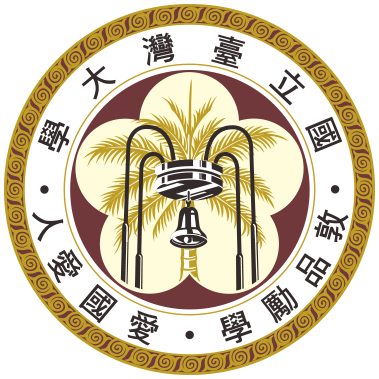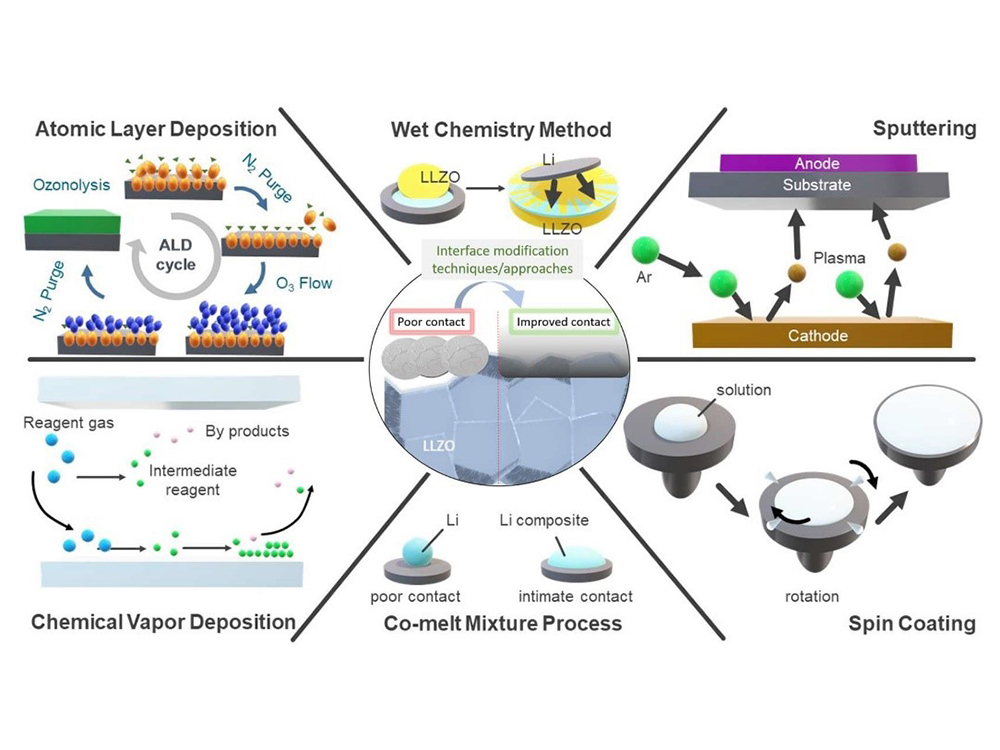Energy is one of the critical challenges facing the world today, with batteries serving as key storage solutions. Among these, lithium-ion batteries are cost-effective and convenient; however, there is a pressing need for higher energy and power densities, as well as improved safety characteristics, to make them more practical for future transportation systems and large-scale grid energy storage. One approach to enhancing the energy density of lithium-ion batteries is through the use of lithium metal anodes, known for their high specific capacity (3861 mAh g-1) and low electrode potential (around -3.04 V vs SHE). However, lithium metal anodes still face significant challenges such as dendrite growth, low Coulombic efficiency, poor cycle life, and safety concerns when using organic liquid electrolytes.
To address these limitations, researchers are actively exploring non-flammable inorganic solid-state electrolytes as alternatives. Garnet-type solid-state electrolyte Li7La3Zr2O12 (LLZO) exhibits excellent room temperature ionic conductivity (1 mS cm-1) and a wide electrochemical stability window (∼ 0 – 5 V vs Li+/Li). However, issues related to its impedance at the lithium metal interface need to be resolved.
Recently, research results from Professor Ju-Hsi Liu and his team at the Department of Chemistry, the Frontier Green Material High Value Utilization Research Center, and the Key Technology Research Institute at National Taiwan University were published in the top-tier international journal EnergyChem in March 2024. Titled "Interfacial Engineering for High-performance Garnet-based Lithium Metal Batteries: A Perspective on Lithiophilicity and Lithiophobicity," the paper delves into the crucial role of appropriate interface engineering in solid-state lithium metal batteries, particularly with garnet-type solid electrolytes that cannot withstand high pressures due to their brittle nature. The focus is on the latest developments in interface engineering solutions, categorizing extensive studies based on various materials' interface modification methods and manufacturing routes. Detailed comparisons of key electrochemical performance parameters are provided, exploring suitable interlayer types and potential mechanical pathways. Additionally, the paper discusses the importance of lithium affinity at the interface in terms of lithiophilicity and the presence of lithiophobic phases. This comprehensive review article thoroughly analyzes the anode-solid electrolyte interface in garnet-type lithium metal solid-state batteries, providing a clear understanding to achieve high-performance batteries.
Full Research Paper: https://www.ntu.edu.tw/spotlight/2024/2275_20240529.html
Source: https://www.sciencedirect.com/science/article/pii/S258977802400006X


